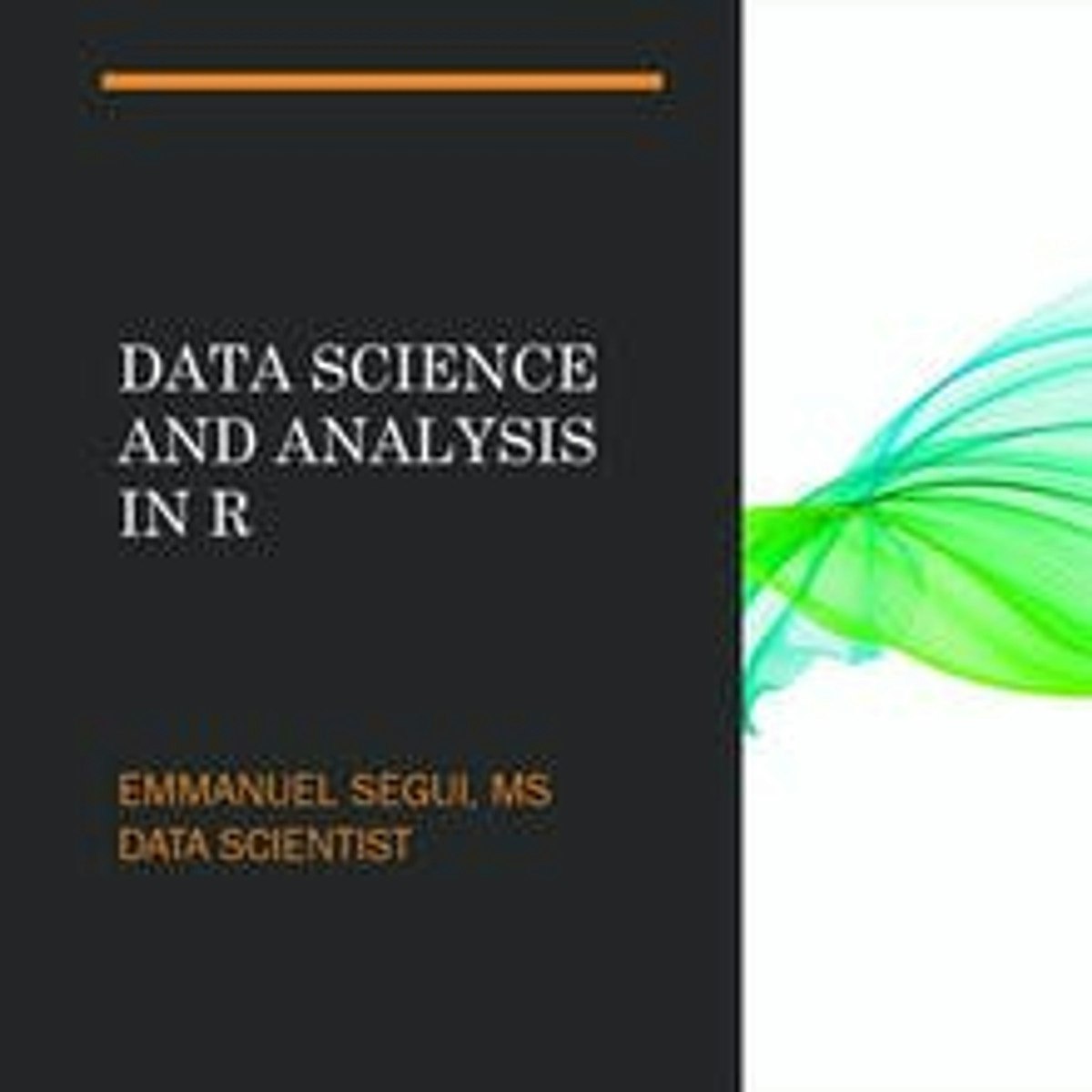
Learn how to create Publication-Ready Tables in R for descriptive statistics, contingency tables, correlation tables, model summary tables and survival probabilities tables
What's inside
Syllabus
Good to know
Save this course
Activities
Review Freedman, Pisani, and Purves' Statistics, 5th Edition
Show steps
Summarizing the key concepts in this widely-used statistics textbook will introduce you to core concepts covered in this course.
View
Statistics, 4th Edition
on Amazon
Show steps
-
Read chapters 1-3
-
Summarize the main points of each chapter
-
Identify the key terms and concepts
Review Tables with a Peer
Show steps
Reviewing your tables with a peer will help you identify errors and improve clarity.
Browse courses on
Descriptive Statistics
Show steps
-
Create a table
-
Review the table with a peer
-
Make changes to the table based on feedback
Tutorial on Creating Contingency Tables in R
Show steps
Following this tutorial will teach you how to create contingency tables, which are useful for analyzing categorical data.
Browse courses on
Contingency Tables
Show steps
-
Watch the tutorial
-
Create a contingency table in R
-
Interpret the results
Four other activities
Expand to see all activities and additional details
Show all seven activities
Create a Descriptive Statistics Summary Table
Show steps
Creating a summary table of descriptive statistics will help you practice summarizing and interpreting data.
Browse courses on
Descriptive Statistics
Show steps
-
Calculate the mean, median, and mode of a dataset
-
Create a table summarizing the statistics
-
Interpret the results
Create a Correlation Table
Show steps
Creating a correlation table will help you understand the relationships between variables.
Browse courses on
Correlation Analysis
Show steps
-
Calculate the correlation coefficients between variables
-
Create a table summarizing the correlations
-
Interpret the results
Present a Model Summary Table
Show steps
Presenting a model summary table will help you communicate the results of your statistical analysis.
Browse courses on
Regression Analysis
Show steps
-
Run a statistical model
-
Create a model summary table
-
Present the table to an audience
Calculate Survival Probabilities
Show steps
Calculating survival probabilities will help you understand how the probability of an event changes over time.
Browse courses on
Survival Analysis
Show steps
-
Fit a survival model
-
Calculate the survival probabilities
-
Plot the survival curve
Review Freedman, Pisani, and Purves' Statistics, 5th Edition
Show steps
Summarizing the key concepts in this widely-used statistics textbook will introduce you to core concepts covered in this course.
View
Statistics, 4th Edition
on Amazon
Show steps
- Read chapters 1-3
- Summarize the main points of each chapter
- Identify the key terms and concepts
Review Tables with a Peer
Show steps
Reviewing your tables with a peer will help you identify errors and improve clarity.
Browse courses on
Descriptive Statistics
Show steps
- Create a table
- Review the table with a peer
- Make changes to the table based on feedback
Tutorial on Creating Contingency Tables in R
Show steps
Following this tutorial will teach you how to create contingency tables, which are useful for analyzing categorical data.
Browse courses on
Contingency Tables
Show steps
- Watch the tutorial
- Create a contingency table in R
- Interpret the results
Create a Descriptive Statistics Summary Table
Show steps
Creating a summary table of descriptive statistics will help you practice summarizing and interpreting data.
Browse courses on
Descriptive Statistics
Show steps
- Calculate the mean, median, and mode of a dataset
- Create a table summarizing the statistics
- Interpret the results
Create a Correlation Table
Show steps
Creating a correlation table will help you understand the relationships between variables.
Browse courses on
Correlation Analysis
Show steps
- Calculate the correlation coefficients between variables
- Create a table summarizing the correlations
- Interpret the results
Present a Model Summary Table
Show steps
Presenting a model summary table will help you communicate the results of your statistical analysis.
Browse courses on
Regression Analysis
Show steps
- Run a statistical model
- Create a model summary table
- Present the table to an audience
Calculate Survival Probabilities
Show steps
Calculating survival probabilities will help you understand how the probability of an event changes over time.
Browse courses on
Survival Analysis
Show steps
- Fit a survival model
- Calculate the survival probabilities
- Plot the survival curve
Career center
Statistician
Data Analyst
Biostatistician
Epidemiologist
Public Health Analyst
Research Scientist
Social Science Researcher
Quality Assurance Analyst
Health Economist
Market Researcher
Operations Research Analyst
Actuary
Data Engineer
Software Engineer
Writer
Reading list
Share
Similar courses
OpenCourser helps millions of learners each year. People visit us to learn workspace skills, ace their exams, and nurture their curiosity.
Our extensive catalog contains over 50,000 courses and twice as many books. Browse by search, by topic, or even by career interests. We'll match you to the right resources quickly.
Find this site helpful? Tell a friend about us.
We're supported by our community of learners. When you purchase or subscribe to courses and programs or purchase books, we may earn a commission from our partners.
Your purchases help us maintain our catalog and keep our servers humming without ads.
Thank you for supporting OpenCourser.



